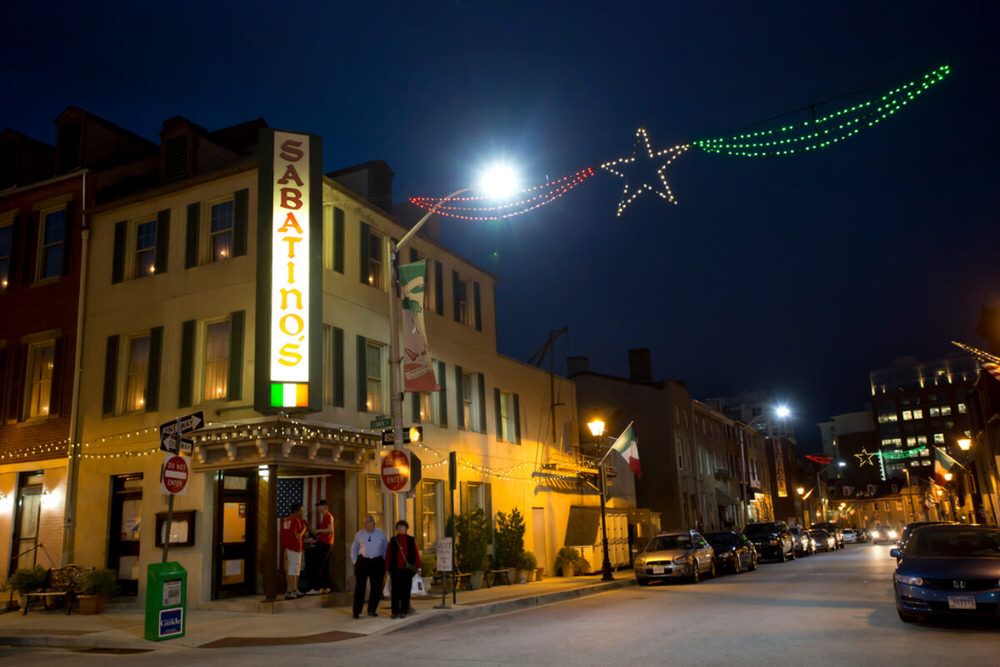August is here and before you start thinking about back-to-school activities, we hope you can enjoy a few more weeks of this wonderful summer. Little Italy Cleveland’s Feast of the Assumption is a great time for locals to meet up with fellow Italian Americans and enjoy music, cuisine and more as we celebrate our heritage this month. Take some time to soak up the sun and enjoy this issue! Please enjoy this article from August 2019 on Little Italy in Baltimore.
If you are interested in writing for us, please let me know. To learn more, please send an email to This email address is being protected from spambots. You need JavaScript enabled to view it..
In the mid to late 1800s, many Italian immigrants crossed the Atlantic in search of a better life in America. While Ellis Island welcomed the majority of these immigrants, many landed near Baltimore’s waterfront via President Street Station. They experienced the same prejudices and unfair labor pay and, as in other cities, banded together to form a community to overcome homesickness and language barriers. This new community, a few blocks east of the train station, became Baltimore’s Little Italy.
The new residents created a life reminiscent of villages in Italy. By the early 1900s, Italians occupied almost every house offering trades such as taverns, boarding houses, grocers, shoe repair, tailoring, and more.
Also bringing to America their sturdy Catholic faith, the Italians of Baltimore sought out the nearest Catholic church, St. Vincent de Paul. While the parish sponsored Italian masses, it was not adequate to handle such a large influx of non-English speaking congregants, nor was it conveniently located for the Italian community. The Archdiocese of Baltimore established an all-Italian parish in 1880. St. Leo the Great became, and still is, the nucleus of Baltimore’s Little Italy.
Today, this old, quaint little neighborhood in Baltimore boasts century-old row homes, family-run restaurants, bocce courts, a cultural learning center, a Sons of Italy lodge, and much more. Lovingly nicknamed “The Neighborhood,” Little Italy is a tight-knit Italian community that includes residents of many other ethnic backgrounds as well.
Baltimore’s Little Italy holds many notable treasures. The D’Alesandro House, designated a Baltimore City Landmark in 1987, is the former home of two Baltimore mayors of the same political family – the D’Alesandros. Speaker of the U.S. House of Representatives Nancy (nee D’Alesandro) Pelosi, daughter of Thomas L.J. D’Alesandro III, grew up here. The Canal Street Malt House, built in 1866 on Central Ave., is named after the canal that once ran down the middle of the street. Long ago, the warehouse supplied malt to Baltimore’s brewing industry.
Many events line the calendar in Little Italy. From the decades-old St. Gabriele and St. Anthony Feasts in summer at St. Leo’s to the Madonnari Arts Fest in the fall to the annual Christmas Tree Lighting, there is something for everyone. Ravioli dinners at the church, bocce tournaments and more bring the community together and keep the old traditions alive in Little Italy Baltimore.

Photo courtesy of baltimore.org



